ESG / CSR
Industries
Climate Smart Farming: All You Need to Know in 2025
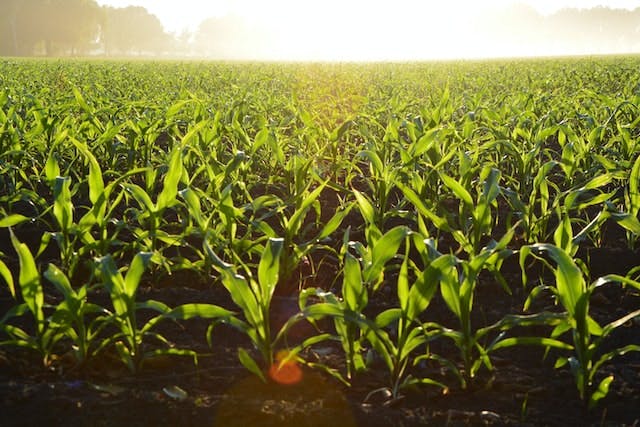


Climate change has made it increasingly difficult to cultivate crops and land suitable for harvesting produce in the first place. Devastating heat waves, natural disasters, and dried up lakes have altered biodiversity and changed the agriculture industry as we once knew it – or more likely, as many of us have never seen it to be.
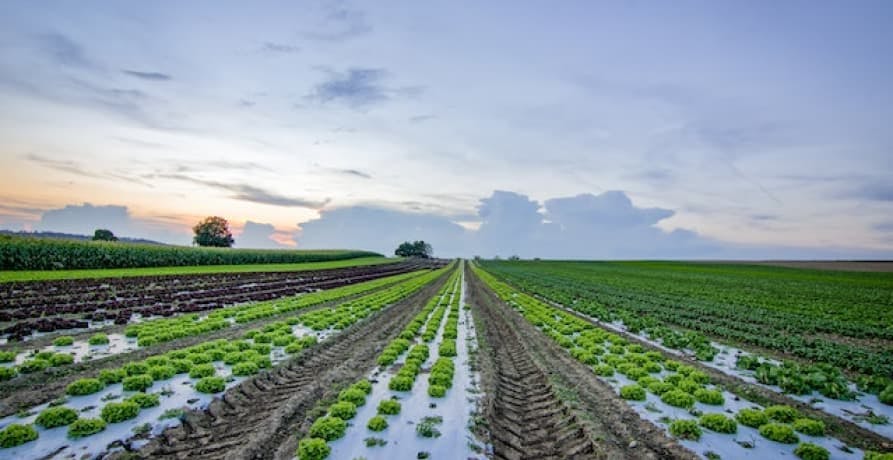
What is Climate Smart Farming, and how can it help the agriculture industry and the environment at the same time?
What is Climate Smart Farming?
Climate smart farming, sometimes referred to as climate smart agriculture or CSA for short – is a farming method that aims to help the transition from traditional agricultural techniques to more sustainable, green, climate change-proof tactics.
The main goal of climate smart farming is to increase sustainability and agricultural activity, increase the farmer’s income in order to expand their range of crops, mitigate the negative effects that natural disasters and heat waves could have on agricultural lands, and reduce greenhouse gas emissions in the process.
Basically, Climate smart farming strives to work intuitively alongside nature rather than against it. Think of when you’re trying to row a canoe boat against the current – it’s not going to work very well. However, if you turn the canoe boat around and stroke the paddle with the current – you’ll be able to get where you’re going with much less effort. Climate smart farming works in the exact same way.
Why is Climate Smart Farming Important?
The agriculture industry accounts for just over a tenth of greenhouse gas emissions across the United States. As the country continues to struggle with meeting the demand for popular products like almond milk and avocados – learning how to implement sustainable farming techniques has become more essential than ever before.
The benefits of climate smart farming are abundant, too. It can reduce the need to buy store feed for cows, help to improve the quality of the surrounding air and better overall human health, stimulate growth of the farmland’s grass, and lower veterinary bills as everyone surrounding the farmland will be exposed to a healthier, outdoor environment. Climate smart farming can also help reduce the need for fertiliser, and therefore – farmers won’t have to use their tractors as much. If farmers don’t use their tractors as much, they don’t have to constantly fill them up with gas – which is one of the biggest contributors to greenhouse gas emissions that pollute the environment and aggravate global warming. This also results in farmers having additional funds that can be used to expand their existing harvesting capabilities.
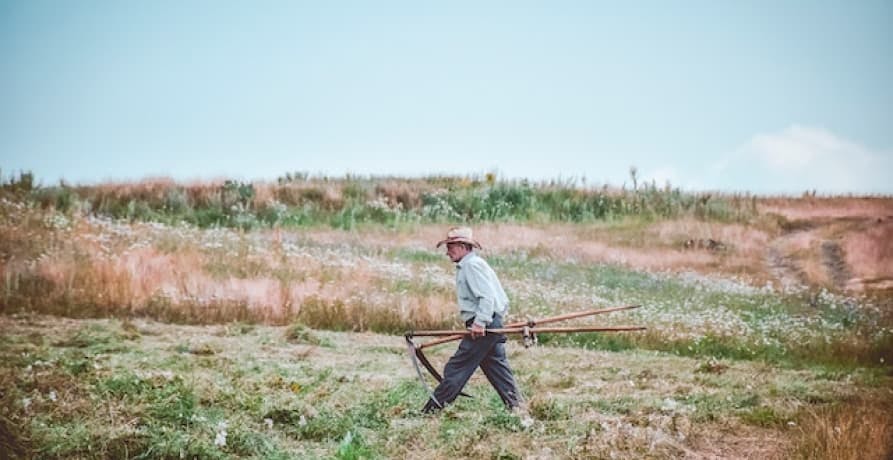
Climate smart farming also helps to improve work efficiency. In other words, if farmers implement climate smart farming techniques into their routine – they can get more done with less time. The combination of more money and more time can allow farmers to cultivate more crops than possible without climate smart farming.
In this midst of climate change, erratic weather patterns have made it increasingly difficult for farmers to successfully plant and harvest crops as they usually would. Excessive droughts and strong winds can destroy cornfields, planted trees, and contribute to soil erosion – but climate smart farming can help mitigate the negative effects of climate change on agriculture.
The use of renewable energy resources is not only beneficial for the planet, but can help farmers reduce their expenses as well. However, the more imperative component of climate smart farming is to pontificate the fact that if farmers continue to rely on non-renewable resources, that the agricultural industry is likely to suffer and simultaneously – cause even more environmental damage than it already has.
What are some other benefits to climate smart farming?
Climate smart farming is clearly beneficial for farmers, consumers, and the planet – how else does it do the world a handful of good?
For starters, as explained before, climate smart farming helps farmers increase their productivity levels – as they won’t have to do as much work on their tractors spreading fertiliser across the agricultural land. As a result, farmers will be able to raise and harvest more crops than they would be able to without climate smart farming practices – and not just more crops, but better. The reduced use of fertilisers will result in better nutrition, which can help the majority of the world that depend on agriculture for survival.
There’s a reason why farm-to-table restaurants are growing in popularity. It isn’t just because the food tastes fresher, but because it’s actually better for you.
Fresh food grown with climate smart farming tactics means it hasn’t been genetically modified – a now common farming technique that encourages crops to grow aster and larger for the sake of commercialism and revenue. Genetically modified crops are known to possess many health threats – such as deter antibiotics from working as they should or triggering allergens.

Climate smart farming can protect crops susceptible to droughts, pests, and other natural disasters – making them more resilient to grow in various temperatures and ultimately, produce more food even in less-than-optimal conditions. As climate change continues to impact the weather around the world in more ways than one, this is perhaps one of the most beneficial elements to climate smart farming. Also, climate smart farming means less effort often results in less greenhouse gasses emitted into the atmosphere per pound of food produced – and prevents deforestation as these climate smart croplands will prove successful.
How does the Biden administration plan to assist the transition to climate farming?
Joe Biden, the current president of the United States, has made it clear with his efforts so far that he is serious about mitigating further climate change across the country – such has already been depicted in the revolutionary, $369 billion climate bill recently passed.
In addition to this new climate bill, which will help multi-various sectors reduce emissions and help the United States work towards achieving net-zero emissions – the Biden administration has also granted a whopping $22 billion for agricultural programs that seek to implement Climate Smart Farming into their farming practices.
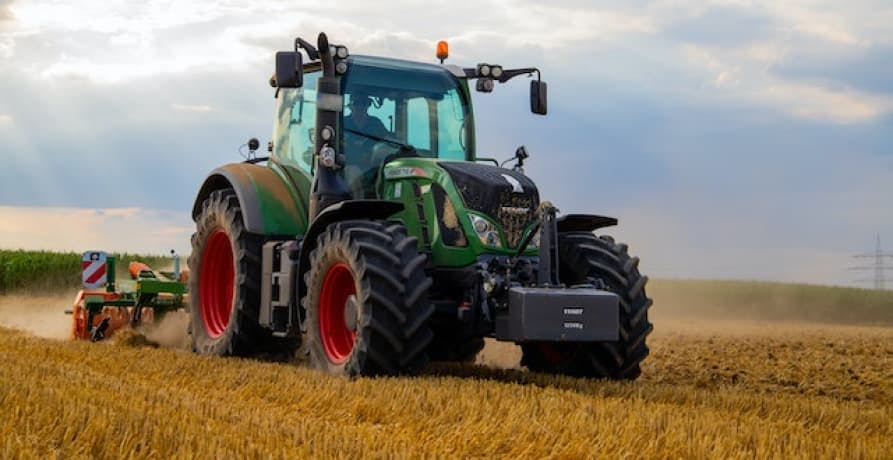
More specifically, the agricultural bull will allocate $8.45 billion to the Environmental Quality Incentives Program, otherwise known as EQIP, $3.25 billion to the Conservation Stewardship Program, $6.75 billion to the Regional Conservation Partnership Program, otherwise known as RCPP, $1.4 billion to the Agricultural Conservation Easement Program, and an additional $1 billion for technical assistance. Each of these programs will help the agricultural sector, as they will be able to create and implement new policies with these funds that will help to mitigate greenhouse gas emissions and further climate change.
The bill also incentivises American farmers by offering tax credits to those who implement a carbon capture and storage system or seek the use of sustainable aviation fuels. Both of these tactics can help to encourage those working in the agriculture sector to reduce their emissions.
Long story short, farmers often lack the funds and resources necessary to improve their farming practices – but the Biden administration is more than willing to help them achieve their goals and ultimately, play their part in the fight against climate change.
What are some climate smart farming techniques?
Climate smart farming isn’t just abundant in benefits, but it can also be implemented in a wide variety of ways – making it accessible for all farmers to implement.
Here are some of the few most common climate smart farming practices:
Use Quality Seeds for Planting
Chefs are always saying how a good dish starts with high quality ingredients. Well, just like a good meal at a five star restaurant – fruitful crops must start at the source with high quality seeds.
Think of it this way, how am I going to make a good batch of guacamole if the avocado is bad to begin with? It’s the same way with crops – it’s next to impossible for something good to come of it if the initial resource isn’t quality to begin with.
Care for the surrounding Biodiversity
Everything needs to have the right environment and support to be able to grow, and these days we often use this motto to refer to our human lives – it originally stems from growing crops themselves.
Biodiversity can help to cultivate a thriving environment to grow a wider variety of crops, ultimately benefiting the farmer and the world at the same time by providing a more abundant and heterogeneous supply of food.
Avoid Pesticides from infiltrating crops
Pests can deter the ultimate success of a crop’s harvest, and therefore – it is one of the best preventative measures to take to ensure a nutritionally dense, plentiful harvest. The problem is, many farmers resort to chemicals to ensure pesticides stay away – even though it isn’t necessary. Farmers can mitigate pesticides from infiltrating their crops by purchasing pest-resistant seeds, keeping the surrounding garden clean, using insect traps, weed regularly, and rotating crops each year so that the pesticides are confused when they don’t return to the plant they thought they were.
Water Early in the Morning
It may seem trivial, but many components to climate smart farming are small actions that could manifest massive results. The reason why plants and crops need water in the first place is to help with the photosynthesis process – which is how plants synthesise nutrients through the help of water and sunlight. If farmers plant their crops first thing in the morning, the water will have more time to absorb alongside the sunlight and encourage a vivacious harvest. On the other hand, if crops are watered later in the day – it leaves them soggy, and can result in the crops becoming diseased or attracting further pests.

Keep in mind that these are just a few of the many tactics farmers can use to implement climate smart farming into their agricultural practices.
Is Climate Smart Farming the Future of agriculture?
Climate Smart Farming may become the new norm for agriculture, in the decades to come. This is because traditional farming techniques are not only bad for the environment, but cost more – and as inflation continues to impact regions beyond the U.S. around the world, farmers are going to have to learn to do more with less. In addition, as the global population continues to rise – so will the demand for food. The world, but predominantly the agriculture sector, will need to produce a massive seventy percent more produce than it does now in order to feed future generations. This calls for reform in how farmers maximise their harvest seasons, while still keeping the environment in mind.
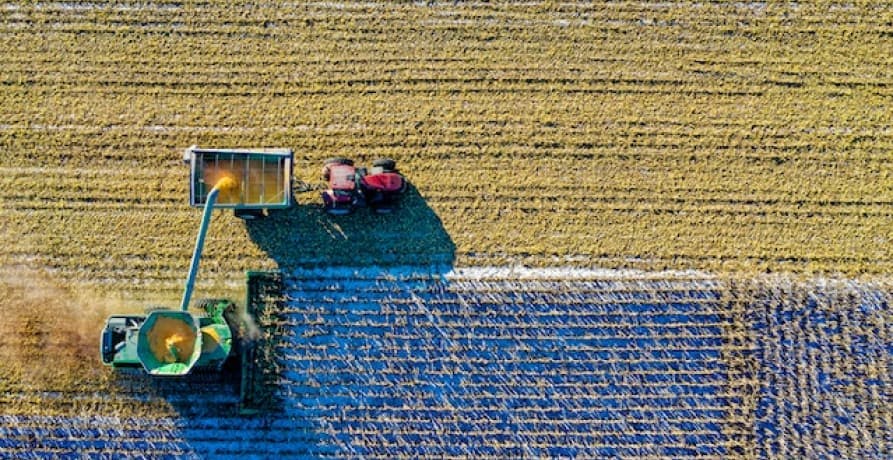
Sustainability is all about making use with the little that you have. The funny thing is, many of us trust in our own bodies. When we’re sick, we know it will fight against infection. When we break a bone or cut ourselves, we’re aware it will heal in its own time. When something is off, our gut helps us decipher between right and wrong.
We are so in tune with ourselves, and yet – we don’t put the same faith into mother nature. We’ve become addicted to fertilisers, growing genetically modified fruits and vegetables, and tearing down luscious vegetation for the sake of consumerism. Ironically, if we put the same trust into the Earth as we do with ourselves – mother nature just might be able to finally show us what it’s made of.
Climate smart farming could pave the future for the agricultural sector to succeed like it never has before. After all, there’s a reason why people say less is more.
What about Greenly?
If reading this article about climate smart farming in 2022 has made you interested in reducing your carbon emission to further fight against climate change – Greenly can help you!
Greenly can help you make an environmental change for the better, starting with a carbon footprint assessment to know how much carbon emissions your company produces.
Click here to learn more about Greenly and how we can help you reduce your carbon footprint.




